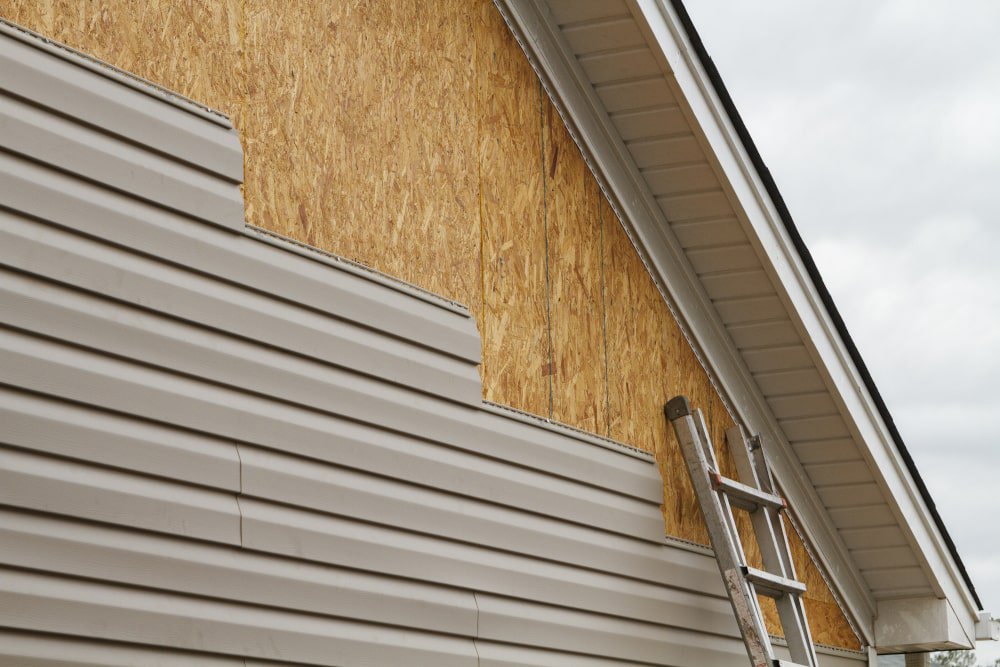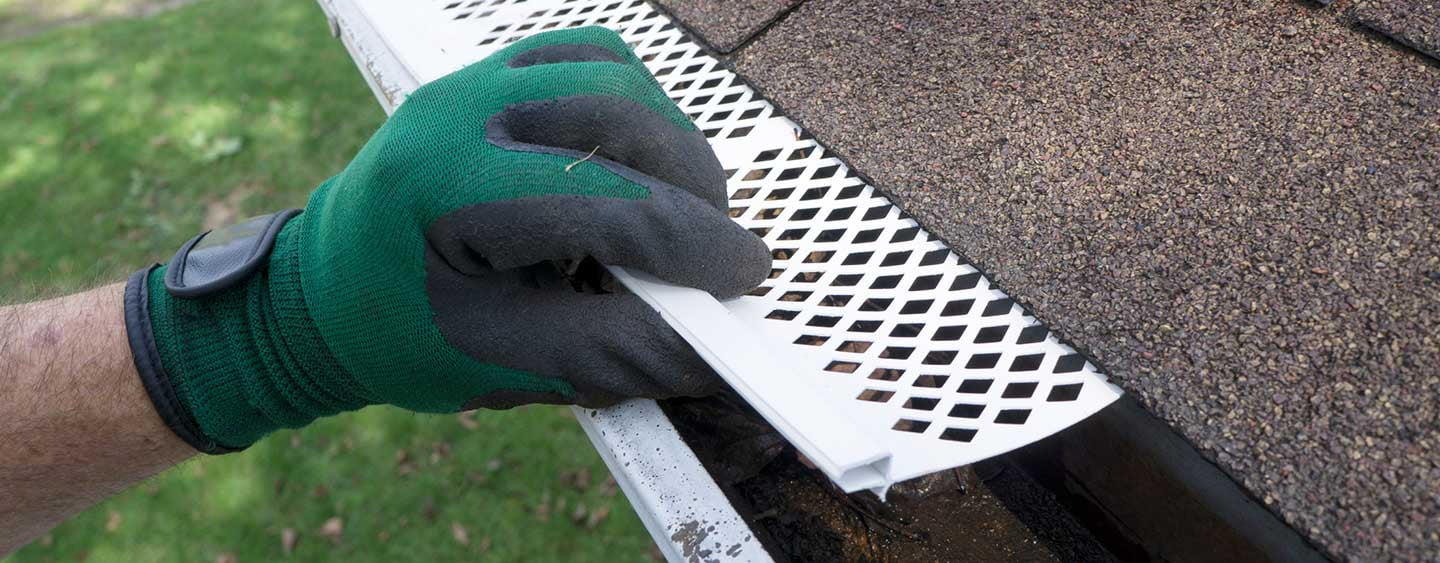
The use of vinyl siding has become increasingly popular in recent years, as it provides a low-cost and relatively easy way to update the exterior appearance of your home. Vinyl siding is typically composed of PVC (polyvinyl chloride) resin mixed with various components, such as titanium dioxide for pigmenting and ultraviolet light inhibitors for UV protection.
Vinyl siding’s unique combination of features makes it resistant to most weather conditions, including rain, wind, snow, and even hail. However, not all types are created equal when it comes to quality. Generally speaking, higher-grade vinyl siding tends to have greater resistance, while lower grades may show signs of wear within just a few years.
Benefits of Vinyl Siding
One of the biggest benefits of vinyl siding is its durability - when installed properly, this siding can last up to 40 years or more. Vinyl also doesn't rot as wood does, and isn't susceptible to insect damage, meaning that you won't have to worry about needing costly repairs over time.
Its lightweight nature also makes it easier to install than other materials. Additionally, vinyl resists fading from exposure to sunlight, giving your home a consistent look even after prolonged periods outside.
Another advantage of having vinyl siding is its affordability compared to other options on the market. Furthermore, maintenance costs are significantly lower than those required by other forms of construction.
Types of Vinyl Siding
There are two basic categories of vinyl siding: horizontal and vertical. Horizontal siding panels run horizontally along the outer walls of your home, while vertical siding runs vertically up and down.
The most common styles of vinyl siding include:
- Traditional Lap Siding: This type is most common due to its classic look and affordability. The overlapping planks create an appealing horizontal pattern across your home’s exterior surface.
- Vertical Siding: This style has boards running top-to-bottom, giving off a traditional board and batten effect.
- Shake & Scallop Vinyl Siding: If you want something more unique than a standard lap or vertical siding, shake or scallop might be just what you need! These styles feature intricate designs such as half rounds or full octagons.
- Shutter Panels: Installing shutters made out of vinyl gives your home a timeless look without compromising durability.
- Board & Batten: This style features alternating wide (battens) and narrow (boards) strips, creating an eye-catching contrast against other types of siding.
Factors That Affect the Lifespan of Vinyl Siding
First and foremost, your climate can have a significant impact on the lifespan of your vinyl siding. In regions where temperatures fluctuate drastically between summer and winter months, the expansion and contraction of panels due to temperature changes can cause warping or splitting over time.
Additionally, areas prone to strong wind gusts and heavy rainfall or snowfall may require more frequent maintenance in order to prevent water damage from occurring.
Quality of installation also plays a major role in determining how long your vinyl siding will remain intact. Poorly installed panels can become loose or detached if not properly secured, meaning that additional repairs may become necessary down the line.
Finally, routine cleaning using specialized cleaners designed specifically for use on vinyl sidings should be performed regularly in order to remove dirt, grime, algae growth, mould build-up, and other debris that could potentially eat away at the material over time.
From protecting your home from the elements to providing aesthetic enhancements, there is no doubt that vinyl siding is an excellent option for both budget-minded individuals and those seeking long-term stability alike.
At Custom Contracting Roofing & Exteriors, we understand how important quality vinyl siding can be to your home. Reach out to a member of our team today with any questions you may have about your vinyl siding.
Frequently Asked Questions
What Maintenance Is Required for Vinyl Siding?
The first step to ensuring that your vinyl siding will last is understanding how best to clean it. As dirt and dust collect on the surface over time, they may begin to attract moisture which can lead to mould or mildew growth if not addressed quickly.
Regularly cleaning your vinyl siding using a soft brush combined with warm water should help remove any unwanted build-up from the surface without causing damage. For tougher stains such as oil or grease buildup, use special cleaners designed specifically for this purpose. Also, don’t forget that vinyl and aluminum siding can be painted which improves their qualities to stand the test of time.
In addition, maintenance checks are essential when taking care of vinyl siding. Closely inspecting the area around your windows and doors where water tends to accumulate more easily will allow you to identify potential problem areas before they start affecting neighbouring sections.
Is Vinyl Siding Energy Efficient?
Vinyl siding is made up of PVC (polyvinyl chloride), which has inherent thermal insulating capabilities due to its low thermal conductivity. When correctly insulated with rigid foam boards or batt insulation underneath the panels, this type of siding can create an effective vapour barrier that helps maintain consistent indoor temperatures while reducing air leakage.
Furthermore, depending on thickness and design, vinyl siding is capable of reflecting heat away from your house during summer months, thus helping reduce cooling costs.





